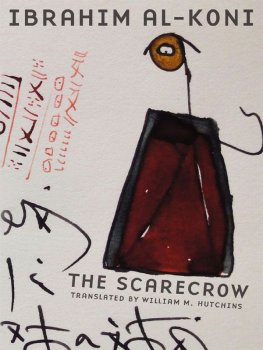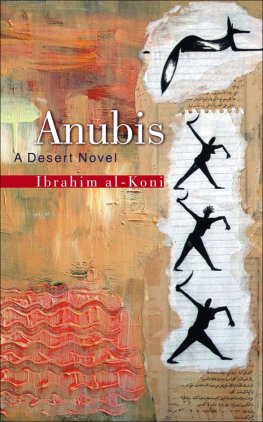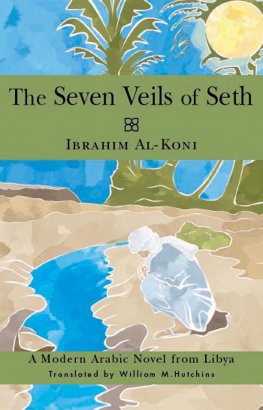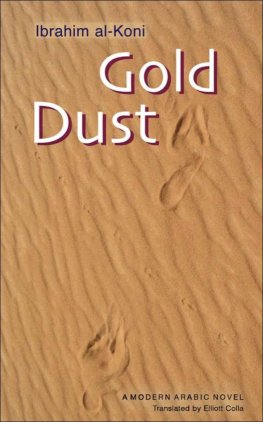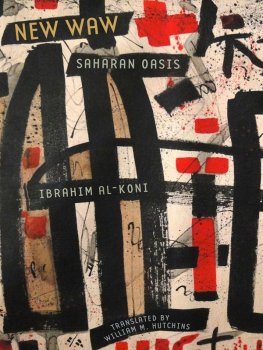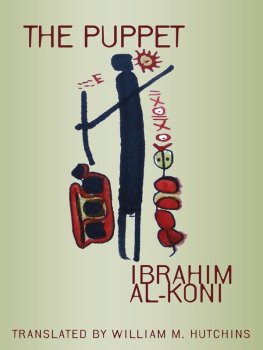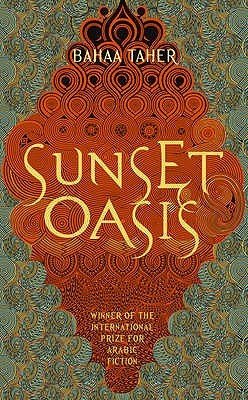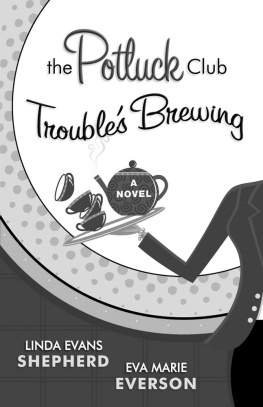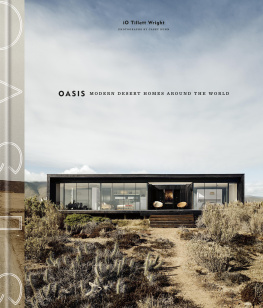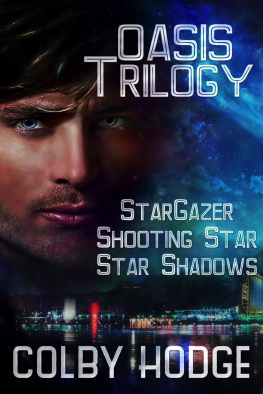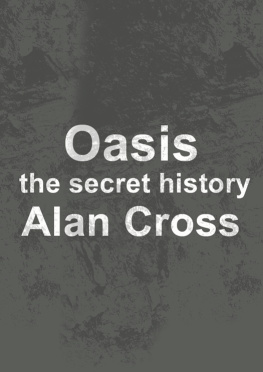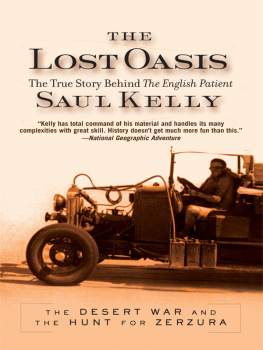Ibrahim al-Koni
The Scarecrow
Abanaban: chief vassal
Aggulli (or Aghulli): a sage and leader, recently assassinated
Ahllum (or Ahallum): the hero, the tribes head warrior
Amasis the Younger: a noble elder
Asaruf: a noble elder
Asenfru: tax administrator
Chief Merchant: the man with two veils, de facto head of the chamber of commerce
Emmamma: the tribes venerable elder, a nobleman, and the oldest man in the tribe
Imaswan Wandarran: spokesman for the Council of Nobles
Itinerant Diviner: handsome, black diviner with special gifts
Leader: a deceased poet compelled by Tuareg culture and his tribal elders to lead a Tuareg tribe
Master of the Sign: African sage consulted by the sorcerer
Scarecrow (sorcerer, leader, strategist, governor, and various other epithets): an inhabitant of the Spirit World who becomes the ruler of the New Waw Oasis; Wantahet or his avatar
Tayetti: commander of the anti-gold campaign in The Puppet
Tomb Maiden or Priestess: the deceased leaders bride and medium
INTRODUCTION. AL-KONIS DEMONS
Every so often out of the welter of the seasons publications comes a book that is not an imitation of some other book. It has the touch of reality, the voice of a person; it spreads out a landscape of its own in which one moves with easy familiarity. One does not think of it as a book, but as a real world of comfortable unreality.
Hughes Mearns wrote this in his introduction for a selection of poems by Edna St. Vincent Millay, not for a novel by Ibrahim al-Koni, although it applies equally well to The Scarecrow. It seems uncanny that later, on the same page, he continued:
One might remark that a famous historic gentleman was an outstanding special pleader, a great soldier whose one defeat has amounted to an amazing victory, a distinguished actor of parts, a governor of a greater domain than that of any single nation of the present world, and guess as one might, no clue would be given to help in identifying the celebrated character. Few would know surely that the reference is to Beelzebub.1
What is uncanny here is that the main character of The Scarecrow actually is a self-righteous, demonic despot who is as hollow as his physical avatar a scarecrow in the fields of the oasis.
The Scarecrow begins right where The Puppet, the preceding novel of the New Waw or Oasis trilogy, left off. The conspirators, who assassinated the last leader of this Saharan oasis community because he opposed the use of gold in business transactions, meet to choose his successor. The choice is complicated by metaphysical considerations. Two realmsal-khafa, the Spirit World, and al-khala, the desert wasteland and by extension the material world of everyday life coexist in the same time and space, but people in the physical world are normally oblivious to the Spirit World, which unbeknownst to them controls them in many ways, most directly by possessing leaders the moment they mount the throne.
In an essay called Is Life Worth Living? William James told the story of a frisky terrier that bites a boy and then watches as the owner pays the boys father, without having a clue as to its own involvement in this transaction.2 James explained: In the dogs life we see the world invisible to him because we live in both worlds.3 He suggested that if we assume there is a bigger picture, a spiritual framework, we will find that our daily life is worth living, even though we are no more aware of the spiritual world than our feisty terrier is of our financial transactions concerning him. Here is an American version of the possible relationship between al-khafa, where the jinn (who rank between angels and human beings) live, and al-khala, where people live. James, in a different essay, explained that the gap between human and canine perspectives cuts both ways:
Take our dogs and ourselves how insensible, each of us [is], to all that makes life significant for the other we to the rapture of bones under hedges, or smells of trees and lamp-posts, they to the delights of literature and art.4
A question for readers of Ibrahim al-Konis works is whether the gap between human and jinn worlds challenges both us and the jinn who try to understand us. The Scarecrow suggests that the jinn may really lose their bearings when they visit our world.
In the novels of Ibrahim al-Koni, the dividing line between human beings and the jinn is blurred at times. In fact, wayfarers who meet in al-Konis desert typically ask one another whether they are of jinni or human heritage.5 In addition to leaders, other human beings who peep across the divide are diviners (like the tomb maiden in this trilogy), poets (often female in Tuareg culture), and Sufi dervishes. Not all jinn are demons, but all demons are jinn or so it seems. Most of al-Konis demonic characters are male, although the Mute Soprano at the beginning of The Puppet comports herself in a demonic manner;6 most also serve as avatars to some degree of the Tuareg trickster Wantahet.
How coherent, then, are Ibrahim al-Konis depictions of demons or the demonic through his many novels? Are all these demonic figures a single demon, several different demons, mere plot devices, or especially endowed characters? If there is one archdemon say Wantahet of Tuareg mythology is he more like Satan of the Abrahamic religions, Seth of ancient Egypt, or a West African trickster deity like Eshu? Put another way: since al-Koni identifies himself as a Saharan author, does it help to check out his neighborhood (Egypt to the east and West Africa to the southwest) and his own Sufi and European, etc., formation when interpreting his novels? Does comparison with Egyptian and African trickster gods illuminate al-Konis depictions of the demonic?7
Luc-Willy Deheuvels, for one, has written that al-Konis ideal reader will know everything about Arab and Islamic culture, Tuareg culture, and black African culture not to mention European culture from ancient Greece to the present.8 Ibrahim al-Koni himself has clearly stated that he views ancient Egyptian culture to be part of his Tuareg heritage. Some ancient peoples settled in the Nile Valley and others returned to the desert.9
The protagonist of Ibrahim al-Konis novel al-Bahth An al-Makan al-Dai (published in English as The Seven Veils of Seth) is a Satanic trickster named Isan who eventually destroys the oasis that has offered him its hospitality, but only because he wishes a better, destabilizing, nomadic existence for its residents. That novels Arabic title is a play on Prousts famous title A la recherche du temps perdu; in al-Konis novel the search is for lost space, for the lost paradise of Waw,10 for which this new oasis, New Waw, has been named. The author encourages the reader to think of Isan as an avatar of Seth, who in the ancient Egyptian religion killed his brother Osiris (the good god of agriculture) in order to seize the throne, but who was also the desert god and therefore a benevolent champion of desert dwellers.
David S. Noss says that in ancient Iran, The wild nomads to the north were the scourge of all good settlers, and that their religion was a foil against which Zoroaster rebelled in founding Zoroastrianism as a religion for settled peoples and in transforming the nomads godly devas into nature demons.11 In The Seven Veils of Seth, Ibrahim al-Koni draws on the tension between these two opposing visions of Seth to provide depth to his portrait of his protagonist. Seth (or Isan), then, is not merely a demon but a god of necessary disorder.
The twentieth-century Iranian engineer, lay theologian, and reform politician Mehdi Bazargan explained in an essay: Conflict, one of whose quintessential representatives for human beings is Satan, is the cause of a plethora of blessed events, from the natural cycle of life on earth to the higher cycle of resurrection in the hereafter. Three paragraphs earlier in the same essay he remarked: Movement is a blessing and a source of survival and evolution, while rigidity is a cause of stasis, decline, and death.12 Hilary Austen, author of

